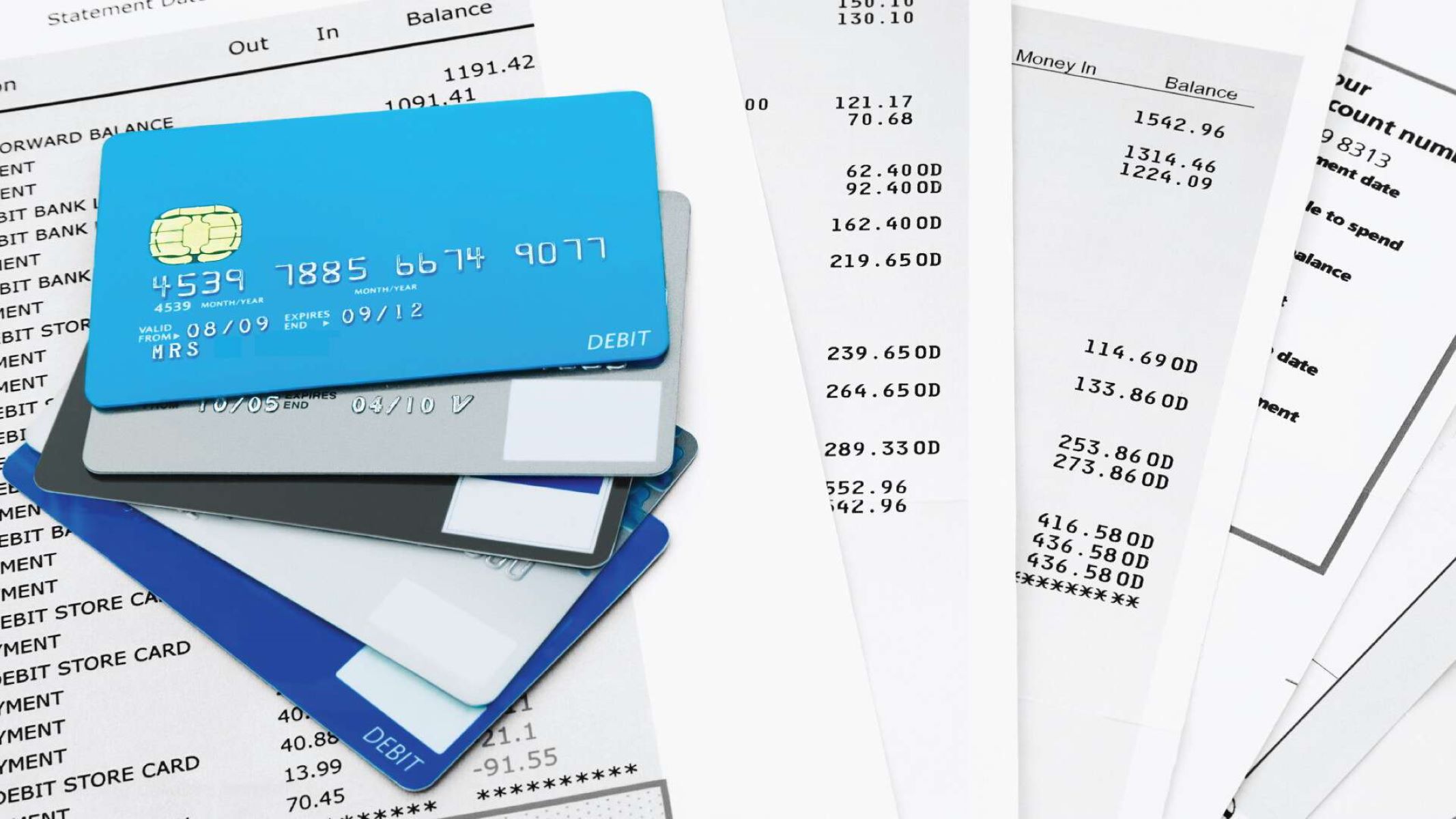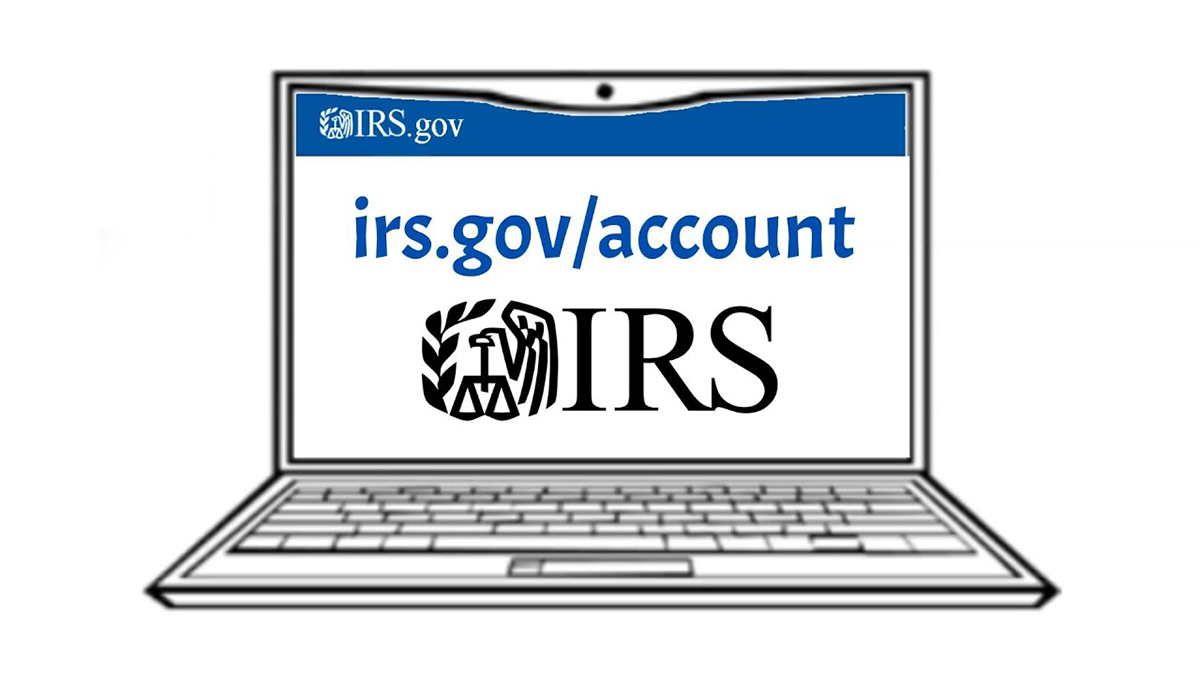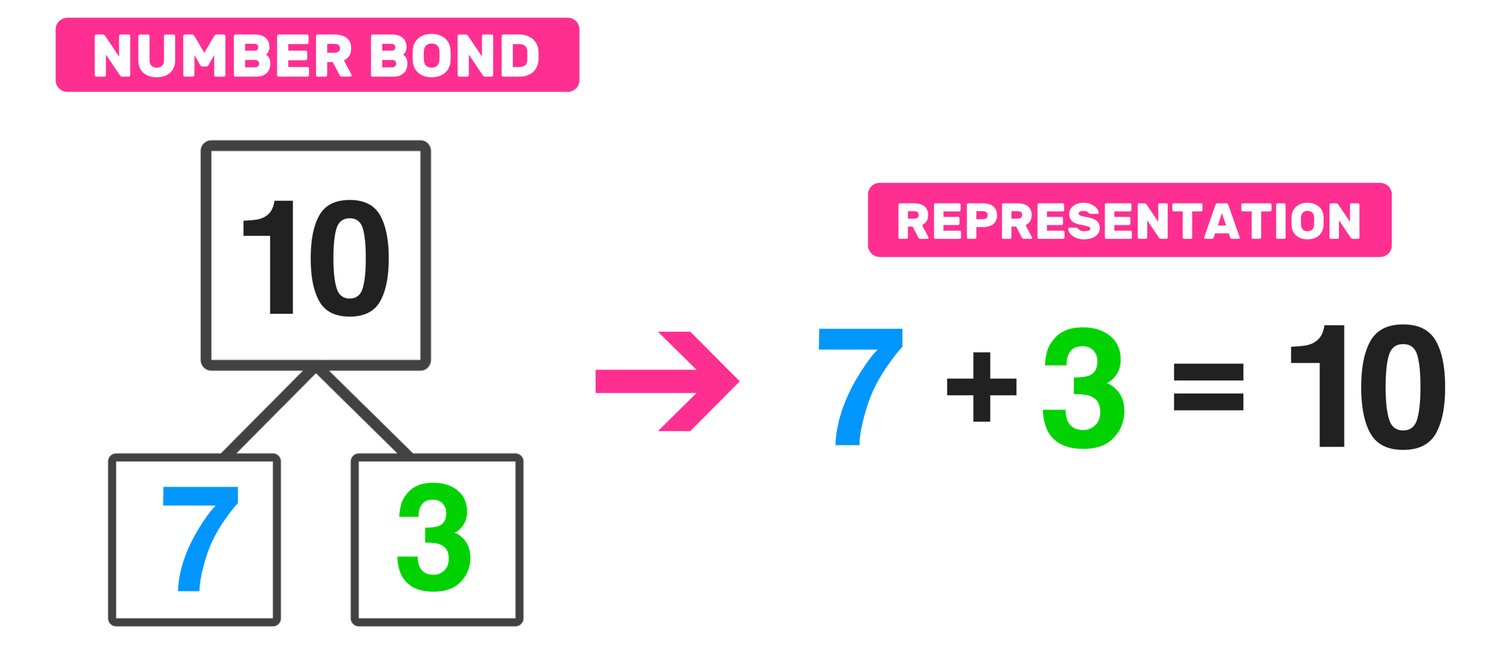

Finance
What Is A Statement Balance On Credit Card
Published: March 2, 2024
Learn about statement balances on credit cards and how they impact your finances. Understand the importance of managing your credit card statement balance for better financial health.
(Many of the links in this article redirect to a specific reviewed product. Your purchase of these products through affiliate links helps to generate commission for LiveWell, at no extra cost. Learn more)
Table of Contents
Introduction
Understanding the intricacies of credit cards is essential for maintaining a healthy financial lifestyle. One of the fundamental concepts associated with credit cards is the statement balance. This crucial element plays a pivotal role in managing your credit card effectively and avoiding unnecessary fees and interest charges. In this article, we will delve into the concept of statement balance, its significance, and how to manage it wisely to ensure financial well-being.
Navigating the world of credit cards can be daunting, especially for individuals who are new to the realm of personal finance. The statement balance is a core component of credit card usage, and comprehending its implications can empower cardholders to make informed decisions and take control of their financial obligations. As we embark on this exploration of statement balances, we will unravel the intricacies of this financial metric and elucidate its impact on credit card management.
Whether you are a seasoned credit card user or a novice seeking to expand your financial knowledge, understanding the statement balance is a crucial step towards achieving financial prudence. By the end of this article, you will have gained valuable insights into the significance of the statement balance and acquired practical tips for effectively managing it. Let's embark on this enlightening journey to unravel the mysteries of the statement balance and harness its potential to fortify your financial acumen.
Understanding Statement Balance
Before delving into the intricacies of managing a statement balance, it is imperative to grasp the fundamental concept behind it. The statement balance on a credit card represents the total amount of charges and transactions accrued during a specific billing cycle. This balance is compiled and presented to the cardholder in the form of a monthly statement, outlining all the transactions made within the billing period.
It is essential to differentiate the statement balance from the current balance, as they serve distinct purposes in the realm of credit card management. While the statement balance reflects the total charges up to the closing date of the billing cycle, the current balance encompasses the statement balance along with any subsequent transactions and payments made after the billing cycle concludes.
Furthermore, understanding the components of the statement balance is crucial for maintaining financial prudence. The statement balance comprises various elements, including purchases, cash advances, balance transfers, fees, and interest charges. By comprehending the composition of the statement balance, cardholders can discern the factors contributing to their overall credit card obligations and make informed decisions regarding their financial management.
Moreover, it is important to acknowledge the impact of the statement balance on credit utilization, a significant factor in determining credit scores. Credit utilization, which is the ratio of credit card balances to credit limits, is influenced by the statement balance. Maintaining a lower statement balance in proportion to the credit limit can positively impact credit scores, reflecting responsible credit utilization and financial discipline.
As we unravel the intricacies of the statement balance, it becomes evident that this financial metric encapsulates the essence of a cardholder’s financial activity within a specific billing cycle. By comprehending the nuances of the statement balance, individuals can navigate the realm of credit card management with clarity and precision, paving the way for prudent financial decision-making.
Importance of Statement Balance
The statement balance holds significant importance in the realm of credit card management, exerting a profound impact on a cardholder’s financial well-being. Understanding the pivotal role of the statement balance is essential for making informed decisions and fostering responsible financial habits.
First and foremost, the statement balance serves as a comprehensive summary of a cardholder’s financial activity within a specific billing cycle. It encapsulates all the transactions, including purchases, cash advances, fees, and interest charges, providing a consolidated overview of the cardholder’s credit card obligations. By scrutinizing the statement balance, individuals can gain insights into their spending patterns, identify potential areas for cost optimization, and track their overall financial health.
Furthermore, the statement balance plays a crucial role in determining the minimum payment due, a fundamental aspect of credit card management. The minimum payment is typically calculated based on a percentage of the statement balance, and failing to meet this obligation can lead to late payment fees and adverse effects on credit scores. Therefore, maintaining awareness of the statement balance empowers cardholders to fulfill their minimum payment requirements punctually, thereby avoiding unnecessary financial penalties.
Moreover, the statement balance influences the calculation of interest charges on revolving credit card balances. By managing the statement balance prudently, individuals can mitigate the accrual of excessive interest, thereby optimizing their financial resources and steering clear of unnecessary debt burdens. Additionally, the statement balance directly impacts credit utilization, a pivotal factor in credit scoring models. Responsible management of the statement balance can contribute to favorable credit utilization ratios, potentially bolstering credit scores and enhancing financial credibility.
Furthermore, the statement balance serves as a reference point for budgeting and financial planning. By monitoring and analyzing the statement balance, individuals can align their spending patterns with their financial goals, identify areas for potential cost-cutting, and cultivate a disciplined approach towards managing their credit card obligations.
Ultimately, the statement balance is not merely a numerical representation of credit card transactions; it is a cornerstone of financial prudence and responsible credit management. By recognizing the significance of the statement balance and embracing proactive strategies for its effective management, individuals can fortify their financial resilience and embark on a journey towards sustainable financial well-being.
How to Manage Statement Balance
Effectively managing the statement balance is essential for fostering financial discipline and optimizing credit card usage. By implementing prudent strategies and adopting proactive financial habits, individuals can navigate the realm of statement balances with confidence and precision, thereby fortifying their financial well-being.
One of the fundamental approaches to managing the statement balance is to monitor credit card transactions diligently. By staying vigilant and regularly reviewing credit card statements, individuals can identify unauthorized charges, track their spending patterns, and detect any discrepancies in their financial activity. This proactive approach not only enhances financial awareness but also enables timely intervention in case of any irregularities.
Furthermore, exercising judicious spending habits can significantly impact the statement balance. By making informed purchasing decisions, prioritizing essential expenses, and avoiding unnecessary splurges, individuals can curtail the accumulation of excessive charges, thereby maintaining a manageable statement balance. Additionally, leveraging budgeting tools and financial apps can aid in tracking expenses, setting spending limits, and aligning expenditures with financial goals.
Another pivotal aspect of managing the statement balance is to ensure timely and adequate payments. By paying the statement balance in full before the due date, individuals can avoid accruing interest charges on revolving balances, thereby optimizing their financial resources. Moreover, meeting the minimum payment obligation punctually is essential for averting late payment fees and safeguarding credit scores from adverse implications.
Moreover, individuals can explore the option of setting up automated payments to streamline the management of the statement balance. Automating minimum payments or full statement balance settlements can mitigate the risk of overlooking payment deadlines and instill a consistent approach towards credit card management. This approach fosters financial discipline and alleviates the burden of manual payment scheduling.
Additionally, maintaining a vigilant eye on credit utilization ratios can contribute to effective statement balance management. By striving to keep the statement balance well below the credit limit, individuals can optimize credit utilization, potentially bolstering credit scores and fortifying their financial credibility. This prudent approach reflects responsible credit management and financial acumen.
By embracing these proactive strategies and integrating them into their financial routines, individuals can navigate the complexities of the statement balance with confidence and astuteness. Cultivating a mindful approach towards credit card usage and statement balance management paves the way for sustainable financial well-being and empowers individuals to harness the full potential of their financial resources.
Conclusion
As we conclude our exploration of the statement balance on credit cards, it becomes evident that this financial metric holds profound significance in the realm of personal finance. The statement balance encapsulates a cardholder’s financial activity within a specific billing cycle, serving as a comprehensive summary of transactions, fees, and obligations. By comprehending the nuances of the statement balance and embracing proactive strategies for its effective management, individuals can fortify their financial resilience and embark on a journey towards sustainable financial well-being.
Understanding the pivotal role of the statement balance is essential for making informed decisions and fostering responsible financial habits. By scrutinizing the statement balance, individuals can gain insights into their spending patterns, identify potential areas for cost optimization, and track their overall financial health. Moreover, the statement balance influences critical aspects of credit card management, including the calculation of minimum payments, the accrual of interest charges, and the impact on credit utilization ratios.
Managing the statement balance requires a proactive and disciplined approach. By monitoring credit card transactions diligently, exercising judicious spending habits, ensuring timely and adequate payments, and maintaining vigilant oversight of credit utilization, individuals can navigate the complexities of the statement balance with confidence and precision. Embracing these proactive strategies fosters financial discipline, optimizes credit card usage, and empowers individuals to make informed decisions regarding their financial obligations.
Ultimately, the statement balance is not merely a numerical representation of credit card transactions; it is a cornerstone of financial prudence and responsible credit management. By recognizing the significance of the statement balance and integrating proactive financial habits into their routines, individuals can fortify their financial well-being and harness the full potential of their financial resources. As we embark on this enlightening journey to unravel the mysteries of the statement balance, let us strive to cultivate a mindful approach towards credit management and empower ourselves to achieve sustainable financial prosperity.














